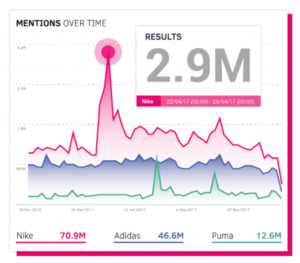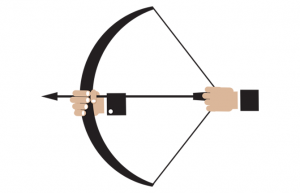Websites have many purposes. Among the most important is driving conversions. Conversions can mean taking any number of actions, including:
· Downloading free PDFs and other sales materials
· Making a phone call to the organization
· Opting into an email listserv
· Clicking further into the site, such as to the company’s products or services pages
· Adding an item to a shopping cart
· Chatting online with a customer service person
· Setting up an appointment using an online platform
· Requesting documents and other paraphernalia be mailed or emailed to them
· Making a donation to a cause
· Logging in or registering for an account
· Searching through a database
These are all forms of engagement and are essential to developing engagement with visitors that will hopefully have positive outcomes.
When a website is not converting visitors by enticing them to take action, it’s time to consider making changes. Below are some of the most popular – and in some cases downright simple – methods of turning a landing page from bland to conversion-ready.
Adding Contextual Clues
Have you ever been to a website where a contextual clue such as a large arrow or a person looking toward a certain part of the screen encourages your eyes to focus on a particular area of the site? This is not done without forethought. Contextual clues help your readers know where their attention should be aimed. This can subtly change the look of your webpage while increasing conversions considerably.
Example: This commercial painting company uses an arrow next to the “call me” button to emphasize it and draw the eye.
Giving Call-To-Action Buttons Emphasis
Is your call-to-action (CTA) buried within the rest of the webpage verbiage? Many times, a lost CTA is the underlying reason a website is underperforming. Determine what your primary CTA on the webpage should be, and make sure it’s highlighted appropriately. You can achieve this by adding a box around the CTA in a color that contrasts with the colors used on the rest of the webpage, or simply make sure your CTA is highlighted to stand out in a landscape of pure white space.
Example: This homepage from Cleveland Brothers highlights its CTA in a strong yellow. Where do your eyes first land?
Increasing The Natural Readability Of Your Webpage Layout
You may only have to rearrange the organization of the words and images on your landing page to see a boost in conversions. The trick is understanding how people tend to read, which is usually in a pattern that goes from left to right and back again. Make sure the eyes of your visitors follow a path that leads them straight to a CTA.
Example: Angie’s List has natural left-to-right readability on its homepage.
Removing Sliders From Your Landing Pages
This is a controversial way to improve conversions, as some designers and marketers feel that carousal sliders enhance the look and feel of a webpage. However, many conversion specialists warn that they make the site too “busy” and take away from the purpose. If you currently have a slider on your landing page, consider doing an A/B split test with and without the carousal. If conversions are higher without, it’s time to let go of the slider.
Example: Check out this in-depth resource comparing sliders versus no sliders on websites.
Changing Your Content To Summarize Your Points
On landing pages, it can be tempting to tell your visitors every single thing they need to know. However, this can lead to a very text-heavy page that doesn’t convert. Instead, change all the content to make it a summary of your product, service, idea, etc. Have links to other pages where you go into greater depth on the topics.
Example: This content for a sales management software company is very matter-of-fact and bulleted, and clearly summarizes the features of their product.
Key Takeaway: Conversions Matter
Above all else, a website needs to be designed to perform, plain and simple. Yes, it should look attractive and up-to-date, but it’s important not to allow pure aesthetics to get in the way of performance and financial goals. After all, the main purpose of any successful website is to drive conversions.
(265)
Report Post



